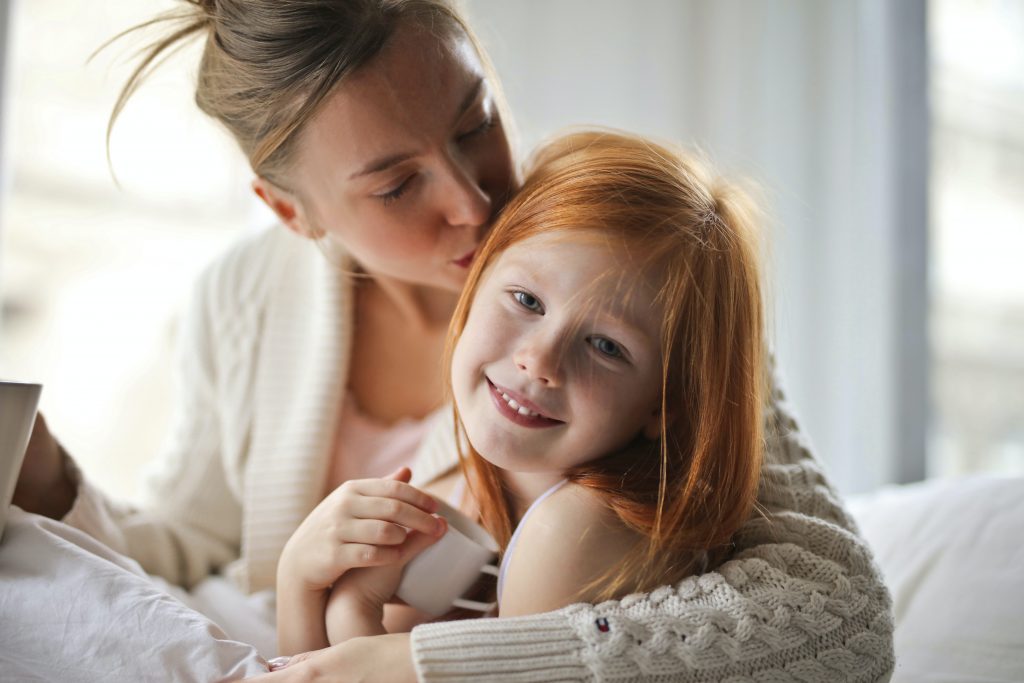Attachment theory is focused on the relationships and bonds between people, particularly long-term relationships, including those between a parent and child and between romantic partners.
Bowlby Theory
British psychologist John Bowlby was the first attachment theorist, describing attachment as a “lasting psychological connectedness between human beings.” Bowlby was interested in understanding the separation anxiety and distress that children experience when separated from their primary caregivers.
What Bowlby observed is that even feedings did not diminish the anxiety experienced by children when they were separated from their primary caregivers. Instead, he found that attachment was characterized by clear behavioral and motivation patterns. When children are frightened, they will seek proximity from their primary caregiver in order to receive both comfort and care.
The Stages of Attachment
Based on research observations, researchers outlined four distinct different phases of attachment.
Pre-Attachment Stage
From birth to 3 months, infants do not show any particular attachment to a specific caregiver. The infant’s signals, such as crying and fussing, naturally attract the attention of the caregiver and the baby’s positive responses encourage the caregiver to remain close.
Indiscriminate Attachment
Between 6 weeks of age to 7 months, infants begin to show preferences for primary and secondary caregivers. Infants develop trust that the caregiver will respond to their needs. While they still accept care from others, infants start distinguishing between familiar and unfamiliar people, responding more positively to the primary caregiver.
Discriminate Attachment
At this point, from about 7 to 11 months of age, infants show a strong attachment and preference for one specific individual. They will protest when separated from the primary attachment figure (separation anxiety), and begin to display anxiety around strangers (stranger anxiety).
Multiple Attachments
After approximately 9 months of age, children begin to form strong emotional bonds with other caregivers beyond the primary attachment figure. This often includes the father, older siblings, and grandparents.
Factors That Influence Attachment
While this process may seem straightforward, there are some factors that can influence how and when attachments develop, including:
Opportunity for attachment: Children who do not have a primary care figure, such as those raised in orphanages, may fail to develop the sense of trust needed to form an attachment. Quality caregiving: When caregivers respond quickly and consistently, children learn that they can depend on the people who are responsible for their care, which is the essential foundation for attachment. This is a vital factor.
Patterns of Attachment
There are four patterns of attachment:
Ambivalent attachment
These children become very distressed when a parent leaves. Ambivalent attachment style is considered uncommon. As a result of poor parental availability, these children cannot depend on their primary caregiver to be there when they need them.
Avoidant attachment
Children with an avoidant attachment tend to avoid parents or caregivers, showing no preference between a caregiver and a complete stranger. This attachment style might be a result of abusive or neglectful caregivers. Children who are punished for relying on a caregiver will learn to avoid seeking help in the future.
Disorganized attachment
These children display a confusing mix of behavior, seeming disoriented,dazed, or confused. They may avoid or resist the parent. Lack of a clear attachment pattern is likely linked to inconsistent caregiver behavior. In such cases, parents may serve as both a source of comfort and fear, leading to disorganized behavior.
Secure attachment
Children who can depend on their caregivers show distress when separated and joy when reunited. Although the child may be upset, they feel assured that the caregiver will return. When frightened, securely attached children are comfortable seeking reassurance from caregivers.
The Lasting Impact of Early Attachment
Research suggests that failure to form secure attachments early in life can have a negative impact on behavior in later childhood and throughout life.
Children diagnosed with oppositional defiant disorder (ODD), conduct disorder (CD), or post-traumatic stress disorder (PTSD) frequently display attachment problems, possibly due to early abuse, neglect, or trauma. Therpaists suggest that children adopted after the age of 6 months have ahigher risk of attachment problems.
While attachment styles displayed in adulthood are not necessarily the same as those seen in infancy, early attachments can have a serious impact on later relationships. Those who are securely attached in childhood tend to have good self-esteem, strong romantic relationships, and the ability to self-disclose to others.
Children who are securely attached as infants tend to develop stronger self-esteem and better self-reliance as they grow older. These children also tend to be more independent, perform better in school, have successful social relationships, and experience less depression and anxiety.
Take-Home Messages
Attachment can be defined as a deep and enduring emotional bond between two people in which each seeks closeness and feels more secure when in the presence of the attachment figure.
Attachment behavior in adults towards the child includes responding sensitively and appropriately tothe child’s needs. Such behavior appears universal across cultures.
Attachment theory explains how the parent-child relationship emerges and influences subsequentdevelopment.
Attachments are most likely to form with those who responded accurately to the baby’s signals, not the person they spent more time with.
Attachment is characterized by specific behaviors in children, such as seeking proximity to the attachment figure when upset or threatened.
Sylwia Kuchenna

